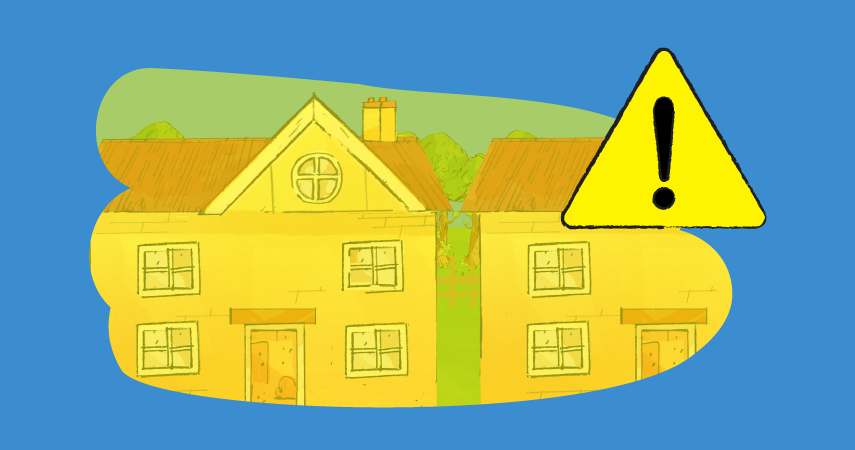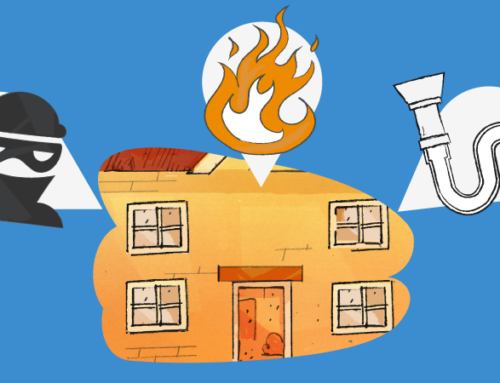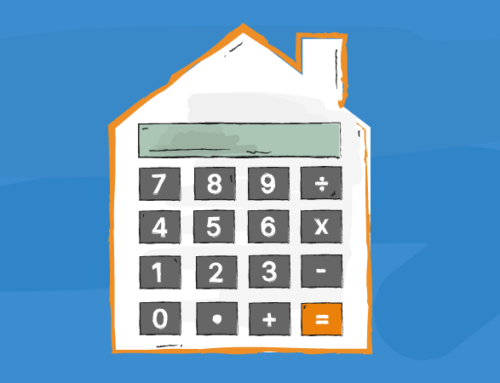Landlord tips for fire safety in private rented homes

As a private landlord, you have a legal obligation to ensure your rented home is safe for your tenants to live in. This includes fire safety.
We’ve put together the following tips to provide you with some factors to consider when it comes to fire safety in private rented homes.
Smoke and carbon monoxide alarms
Landlords are legally required to install at least one smoke alarm on every storey in a property. You also need to provide a carbon monoxide alarm in any room that has a solid fuel-burning appliance, such as a wood-burning stove or coal fire.
At the beginning of new tenancies, check that all alarms are functioning properly. If you fail to comply with these regulations, local authorities might choose to impose a fine of up to £5,000.
If you have battery alarms, you can let tenants know when they need changing each year. You could also suggest to them to perform a weekly test and conduct your own test as part of your periodic inspections.
Reduce the risk of electrical fires in rented homes
A qualified electrician must perform a check of your private rented home at least every five years, according to the Electrical Safety Standards in the Private Rented Sector (England) Regulations 2020.
These new regulations came into force on 1st June 2020. Check out the Government’s guide for the full information.
Ensure furnishings are fire-resistant
If you are renting out a furnished property, be careful when selecting furniture. All upholstered furnishings must be made from a fire-resistant material. There will be a label attached that confirms this, which you should not remove.
Provide your tenants with fire extinguishing equipment
A fire extinguisher may allow your tenants to get a small fire under control before it becomes a bigger problem. In Houses of Multiple Occupation (HMOs), you must ensure one is accessible on each floor of the building.
You could also provide fire blankets in the property. Taking such precautions might make all the difference in an emergency.
You may also want to supply your tenants with a link to the Government’s Fire Safety in the Home guide.
Make sure your tenants know where the fire exits are
It’s important for those inside a home that’s on fire to get outside as quickly and safely as possible. Make sure your tenants are aware of all the exits and which ones to use in case of a fire. You should also encourage them to keep the exits clear at all times.
Disclaimer: The opinions and views expressed in the above article are those of the author only and are for guidance purposes only. The author disclaims any liability for reliance upon those opinions and would encourage readers to rely upon more than one source before making a decision based on the information.




